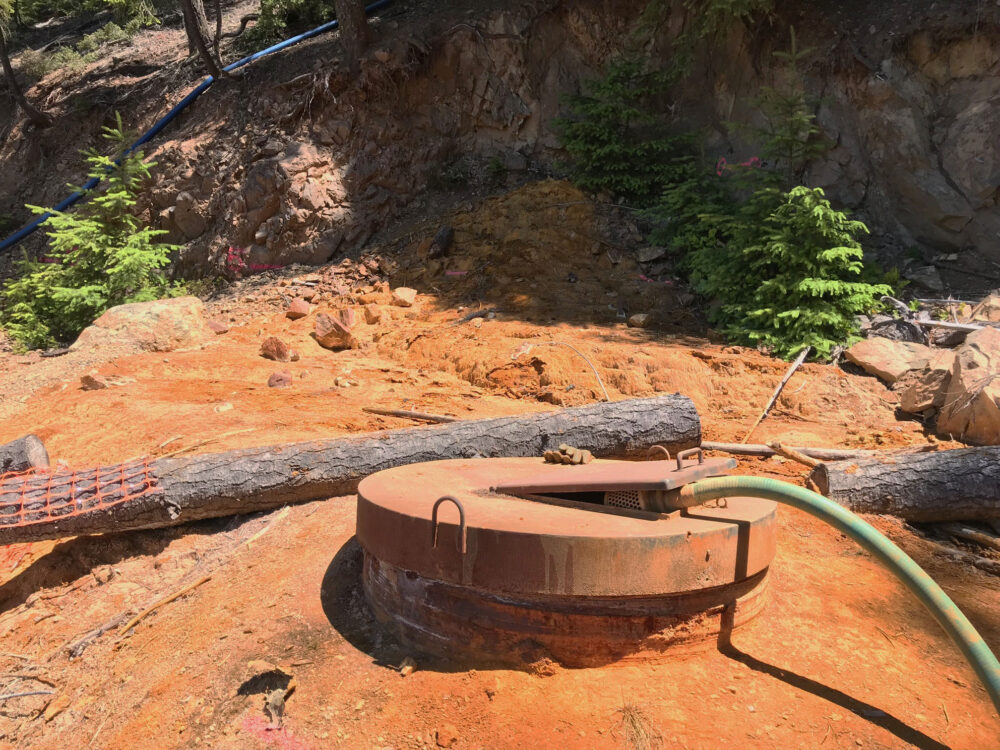We have much more to do and your continued support is needed now more than ever.
Hope for Coastal Louisiana: Reconnecting the Mississippi with its Delta

This post was written by Dr. Alisha Renfro, a coastal scientist with NWF working on the Mississippi River Delta restoration in coastal Louisiana. She has Ph.D. in Marine and Atmospheric Science from Stony Brook University.
Every year, in the spring, the Mississippi River swells with rainfall and ice-melt from the mid-west, but this year the river had some of the highest flow that has ever been seen. In addition to carrying a large amount of water, the river also carries a huge amount of sediment. This is the sediment that is so desperately needed to sustain and build wetlands in coastal Louisiana.

The current management of the river keeps it strait-jacketed between levees with only a few valves that can be opened during high river flows, relieving the pressure of water on the levees, shunting it past communities and allowing sediment, freshwater, and nutrients to get to these marshes. Instead, the sediment carried by the river is now lost to the deeper waters of the Gulf of Mexico.
One of the exceptions to this is the West Bay Diversion, located on the western side of the Bird’s Foot Delta. This diversion was constructed in 2003 when the United States Army Corps of Engineers cut through the river bank, connecting the river with West Bay. In 2009, the Army Corps constructed islands out of material dredged from the river’s navigation channel to help promote sediment-trapping in the diversion area.
Scientists Take a Trip to West Bay
This past weekend, National Wildlife Federation, along with Dr. John Day, a professor emeritus from Louisiana State University, and Dr. Alex Kolker, a professor from the Louisiana University Marine Consortium, had an opportunity to take a trip out to West Bay and see what it looks like after the flood.
The tide was high and a storm was fast approaching, but what we did see was a fast flow of water through the diversion into West Bay, a flow that may be as much as three times the average discharge of the Colorado River. With this high flow of water we also potentially get enough sediment to build new land.
Dr. Kolker and others are currently conducting research to measure the amount of sediment that was deposited in West Bay during the spring. For now we’ll have to wait and see if positive strides were made during this one year, but what we do know is that in order to preserve the economy, ecology and way-of-life in southern Louisiana we have to reconnect the river with its delta.
Learn more about the work NWF is doing to protect the Mississippi River Delta>>





















